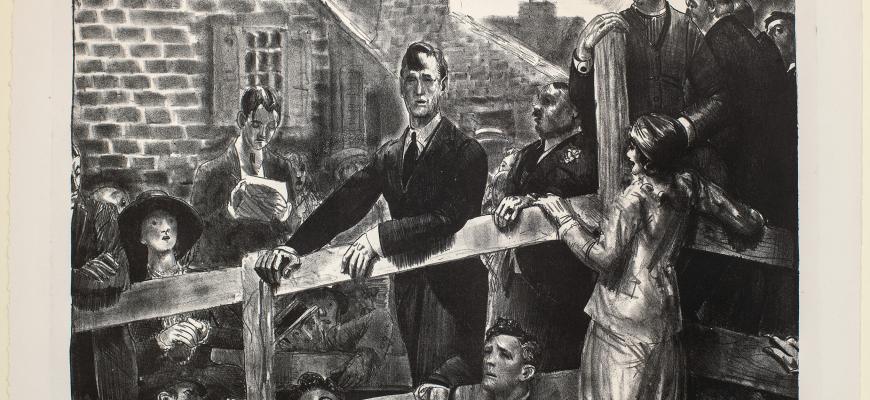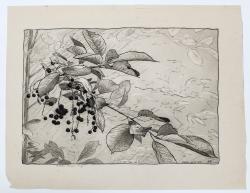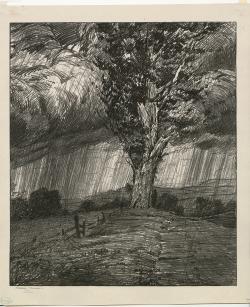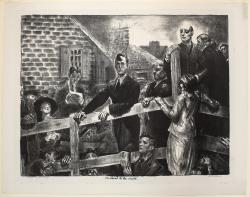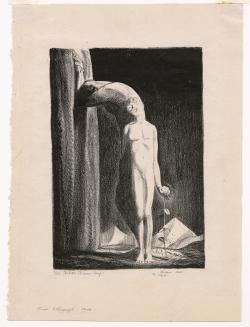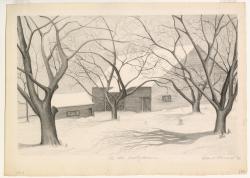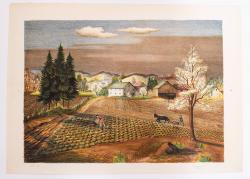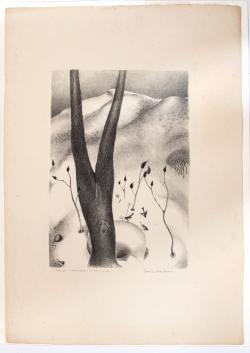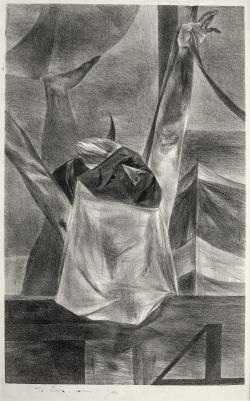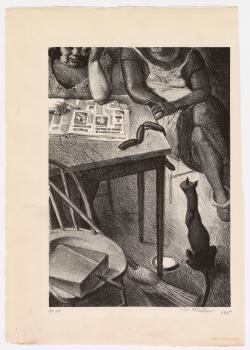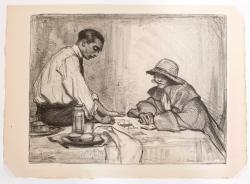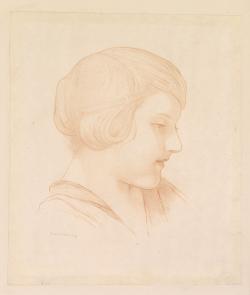By 1915, Bolton Brown, a co-founder of Byrdcliffe, was immersed in lithography, a printmaking process using a stone plate. Although the process was invented at the end of the 18th century in Germany and used commercially and artistically throughout Europe and the United States in the 19th century, Brown is credited as the father of American lithography for his dedication to perfecting the medium scientifcally and artistically. He experimented with and invented new processes, wrote on the subject, printed for other artists, and had an output of over 400 lithographs. His own work ranges in style and subject matter, exploiting the expressive possibilities of the process— from delicate, tonal landscapes to sharply delineated still lifes.



